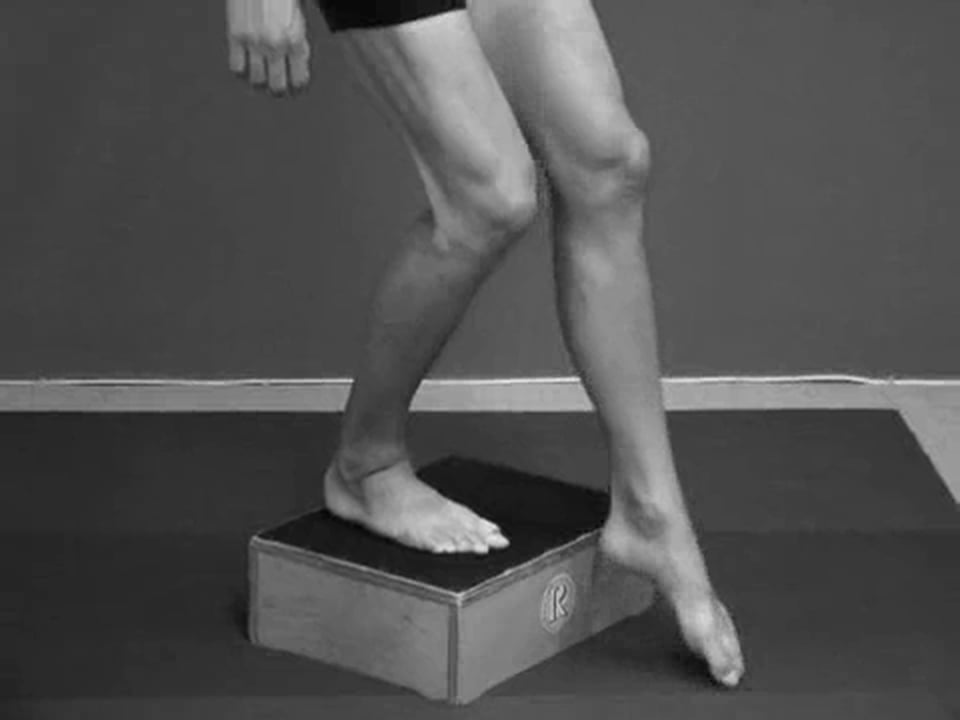Any and all users of the information contained on this website agree to the following before using such information or implementing any program or exercise:
IN NO WAY SHALL the information contained on the www.mobilPT.com website and, or, the information provided by mobilPT, Inc. be CONSIDERED, CONSTRUED OR UNDERSTOOD AS OFFERING MEDICAL ADVICE.
The content contained on the www.mobilPT.com website and, or, the information provided by mobilPT, Inc., IS PRESENTED IN SUMMARY FORM, IS GENERAL IN NATURE, AND IS PROVIDED FOR INFORMATIONAL PURPOSES ONLY.
NEVER DISREGARD OR DELAY SEEKING MEDICAL ADVICE BECAUSE OF ANY INFORMATION PROVIDED ON THIS WEBSITE.
The materials provided on the www.mobilPT.com website and, or, the information provided by mobilPT, Inc., are for informational purposes and are not intended as a substitute for the consultation, diagnosis or treatment of a health problem, injury or illness by a licensed medical professional.
Consult with a physician immediately if you experience any indication of illness, injury, shortness of breath or health associated problem as your failure to do so may result in further serious illness or injury and may even be life-threatening.
Also note that while we frequently update our website’s content, medical information changes rapidly. Although unintended, some information may be out of date or even possibly inaccurate and erroneous according to your specific needs. If you find information on the www.mobilPT.com website and, or, the information provided by mobilPT, Inc., is in error, please contact the www.mobilPT.com.
We make no representations or warranties with respect to any information offered or provided on the www.mobilPT.com website and, or, the information provided by mobilPT, Inc., regarding the treatment, action, application or use of such medical information. You agree that those associated with the publishing of the www.mobilPT.com website and, or, mobilPT, Inc., WILL NOT BE LIABLE for any direct, indirect, consequential, special, exemplary, or other damages, as a result of any and all use of the information offered or provided on the www.mobilPT.com website and, or, the information provided by mobilPT, Inc.
You agree to hold harmless the www.mobilPT.com website and/or mobilPT, Inc., its officers, directors, shareholders, insurers, employees and other agents of mobilPT, Inc. for any injury, damage or loss sustained by you whether direct, indirect, special or exemplarary. You also agree to defend and hold harmless the www.mobilPT.com website and/or mobilPT, Inc., its officers, directors, shareholders, insurers, employees and other agents of mobilPT, Inc. for any loss or other reasonable costs incurred by the aforementioned parties in connection with defending or enforcing the terms of this agreement.
The www.mobilPT.com website and other related materials are considered by mobilPT, Inc. to be its propietary information. By clicking the “I accept” button below, you are acknowledging the propietary nature of all materials on the www.mobilPT.com website and other related information that you are exposed to by mobilPT, Inc. or any of its representatives, and expressly diclaiming any right to any and all information contained on the www.mobilPT.com website or any other information that you are exposed to by mobilPT, Inc. or any of its representatives. You also agree and understand that YOU SHALL NOT copy, disseminate to, provide to, sent to any third party the information provided on the www.mobilPT.com website and/or any information provided to you by mobilPT, Inc.
The invalidity or unenforceability of any particular provision in this Disclaimer shall not affect the other provisions contained herein and this Disclaimer shall be construed in all respects as if such invalid or unenforceable provisions were omitted.
CONSULT A PHYSICIAN BEFORE IMPLEMENTING AND USING ANY INFORMATION, PROGRAM OR EXERCISE ON THIS WEBSITE.
 Symptoms
Symptoms Causes
Causes Treatment
Treatment



